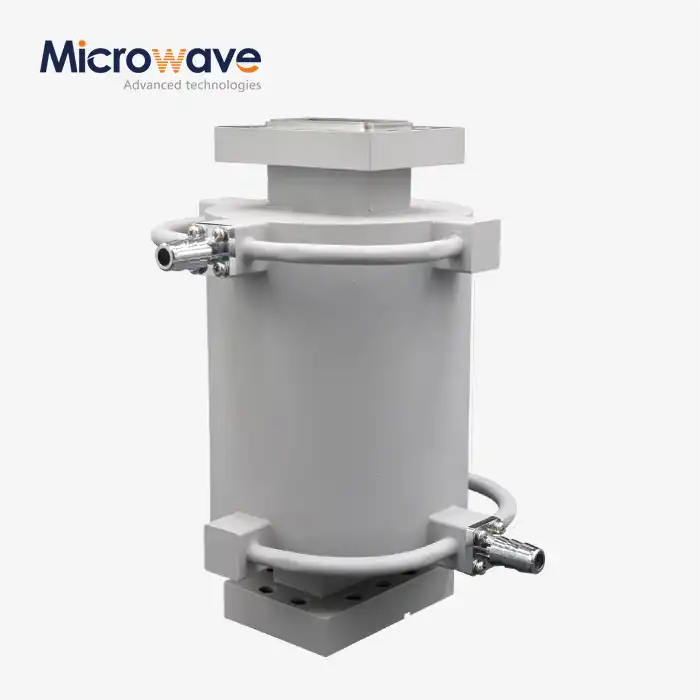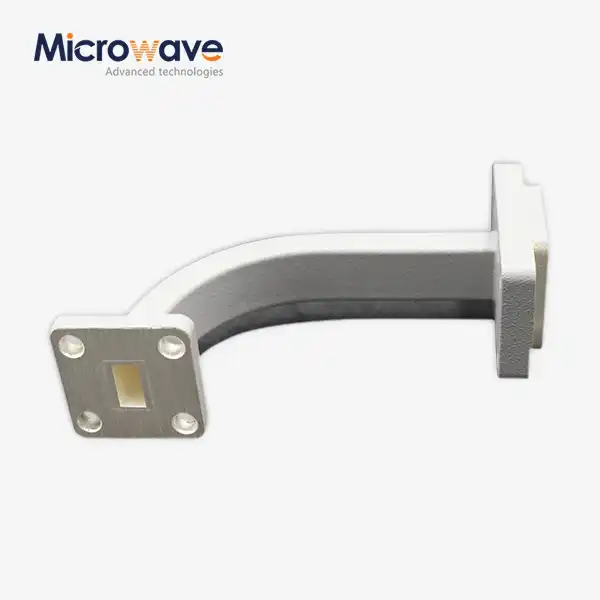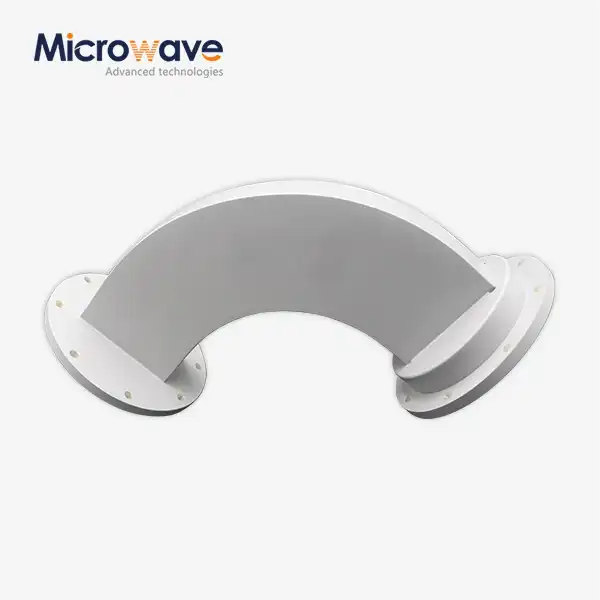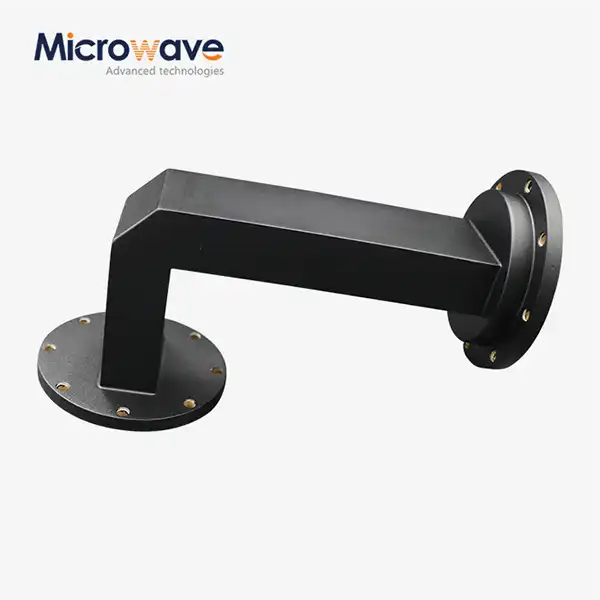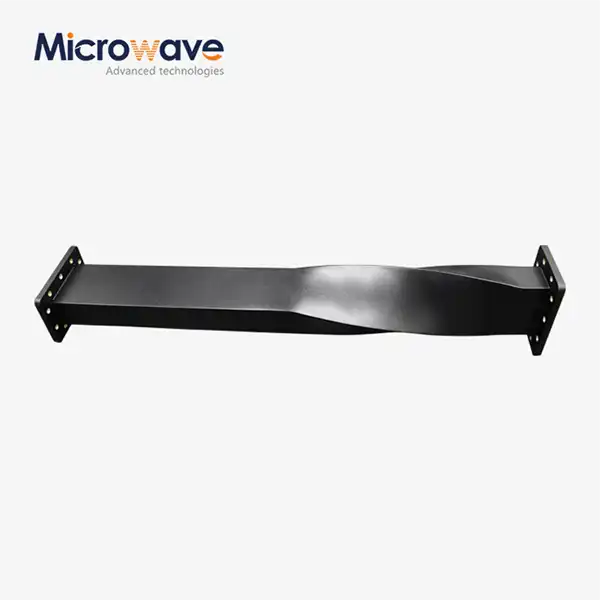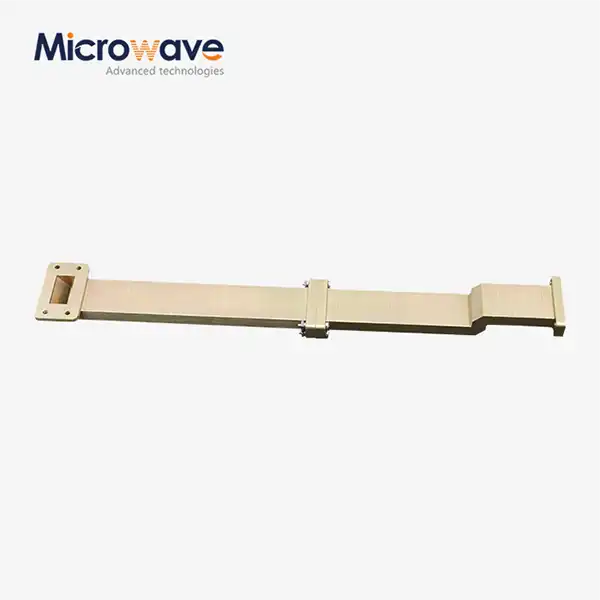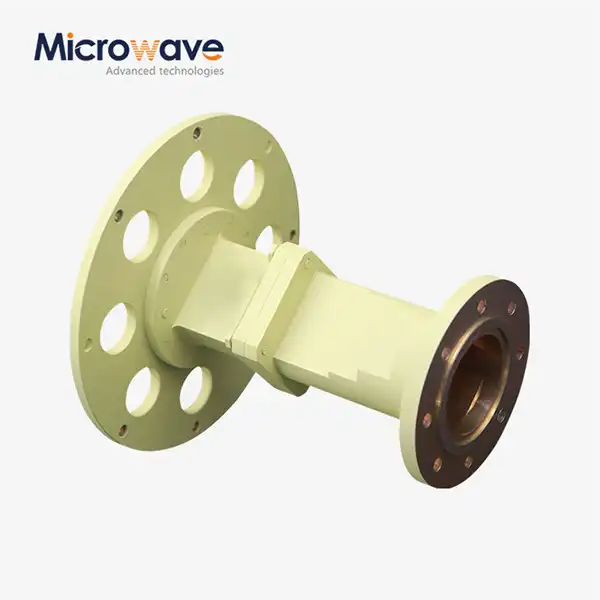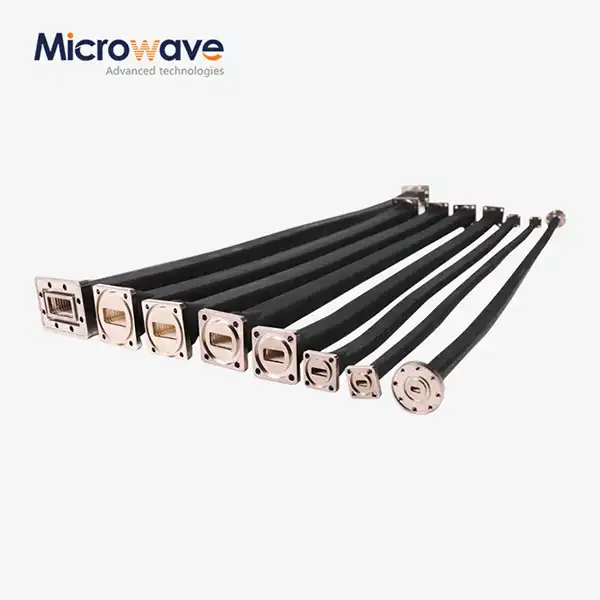Can Waveguide E Bends be Used for Both High and Low-frequency Applications?
Waveguide E bends represent a crucial component in microwave and RF systems, serving as essential elements for routing electromagnetic waves through complex system architectures. When considering the application range of Waveguide E bends across frequency spectrums, it's important to understand their versatility and adaptability. These components are indeed suitable for both high and low-frequency applications, though their performance characteristics and design considerations vary significantly across different frequency ranges. Advanced Microwave Technologies Co., Ltd, with over two decades of expertise in microwave products, has extensively studied and implemented Waveguide E bends across diverse frequency applications, demonstrating their remarkable flexibility in meeting various system requirements while maintaining signal integrity and performance standards.
Understanding the Frequency Range Capabilities of Waveguide E Bends
Design Principles for Low-Frequency Applications
Waveguide E bends designed for low-frequency applications require careful consideration of several critical factors. These components must be engineered with precise dimensional tolerances to ensure optimal performance in the lower frequency bands. Advanced Microwave's standard product line of E-bends and H-bends, covering waveguide sizes WR10 through WR430, demonstrates the versatility in low-frequency applications. The larger cross-sectional dimensions typically associated with low-frequency waveguides necessitate special attention to mechanical stability and manufacturing precision. Engineers must account for factors such as power handling capacity, insertion loss, and return loss characteristics specific to low-frequency operations. The design process involves sophisticated electromagnetic simulation tools to optimize the bend geometry, ensuring smooth wave propagation and minimal signal distortion.
Performance Optimization for High-Frequency Operations
In high-frequency applications, Waveguide E bends face unique challenges that demand innovative solutions. The components must maintain extremely tight manufacturing tolerances to prevent signal degradation at higher frequencies. Advanced Microwave Technologies Co., Ltd's expertise in multi-degrees configurations and custom solutions becomes particularly valuable in this context. High-frequency Waveguide E bends require superior surface finishing and precise alignment to minimize losses and maintain signal integrity. The design must account for skin effect phenomena, which becomes more pronounced at higher frequencies. Manufacturing processes must be carefully controlled to ensure consistent performance across production batches, with special attention to surface roughness and dimensional accuracy that can significantly impact high-frequency operation.
Critical Parameters Across Frequency Ranges
The performance of Waveguide E bends across different frequency ranges depends on several critical parameters that must be carefully controlled. Advanced Microwave's ability to offer additional sizes, configurations, and combinations on request demonstrates their understanding of these parameters. Surface conductivity, geometric precision, and material properties play crucial roles in determining the component's behavior across frequencies. Engineers must consider factors such as phase stability, group delay, and power handling capabilities when designing these components. The interaction between electromagnetic waves and the waveguide structure becomes more complex at higher frequencies, requiring sophisticated analysis and optimization techniques to ensure reliable performance.
Technological Advancements in Waveguide E Bend Design
Innovation in Materials and Manufacturing
Recent technological advances have revolutionized the manufacturing of Waveguide E bends. Advanced Microwave Technologies Co., Ltd incorporates cutting-edge materials and precision manufacturing techniques in their production process. The company's standard product line of E-bends and H-bends, covering various waveguide sizes, benefits from these innovations. Modern manufacturing processes enable the creation of components with exceptional surface finish and dimensional accuracy. Computer-controlled machining and advanced quality control systems ensure consistency across production runs. The selection of materials with optimal electrical and mechanical properties contributes to enhanced performance across different frequency ranges.
Implementation of Advanced Simulation Tools
The design process for Waveguide E bends has been transformed by sophisticated simulation tools. These tools enable engineers to predict and optimize component performance before physical prototyping. Advanced Microwave's capability to offer multi-degrees and custom configurations is supported by comprehensive electromagnetic simulation capabilities. The simulation process considers various factors including field distribution, power handling, and thermal effects. This approach allows for rapid design iteration and optimization, resulting in components that meet or exceed performance requirements. The integration of simulation tools with manufacturing processes ensures that designed performance translates effectively to produced components.
Quality Control and Performance Verification
Maintaining consistent quality in Waveguide E bend production requires robust quality control processes. Advanced Microwave Technologies Co., Ltd employs comprehensive testing and verification procedures throughout their manufacturing process. Their ability to provide additional sizes and configurations is supported by sophisticated measurement and testing capabilities. Quality control measures include dimensional inspection, network analysis, and power handling verification. Each component undergoes rigorous testing to ensure compliance with specifications and performance requirements. The implementation of statistical process control helps maintain consistent quality across production runs.
Applications and Implementation Considerations
System Integration Requirements
The integration of Waveguide E bends into complex RF systems requires careful consideration of multiple factors. Advanced Microwave's extensive product line, including various sizes from WR10 through WR430, provides flexibility in system design. Engineers must consider factors such as mechanical stress, thermal expansion, and alignment requirements when incorporating these components. The selection of appropriate mounting hardware and installation procedures is crucial for optimal performance. System designers must account for the impact of environmental conditions on component performance and reliability. The availability of multiple configurations and combinations facilitates adaptation to diverse system requirements.
Performance Optimization Strategies
Optimizing the performance of Waveguide E bends requires a comprehensive understanding of system requirements and operating conditions. Advanced Microwave Technologies Co., Ltd's expertise in providing custom solutions enables performance optimization for specific applications. Engineers must consider factors such as power requirements, frequency range, and environmental conditions when selecting and implementing these components. The optimization process may involve adjusting physical parameters, selecting appropriate materials, and implementing specific mounting solutions. Performance monitoring and adjustment procedures ensure maintained efficiency throughout the system's lifecycle.
Maintenance and Reliability Considerations
Long-term reliability of Waveguide E bends depends on proper maintenance and operating procedures. Advanced Microwave's product design incorporates features that facilitate maintenance and ensure long-term reliability. Regular inspection and maintenance procedures help prevent performance degradation over time. Environmental factors such as temperature, humidity, and vibration must be considered in maintenance planning. The implementation of appropriate protection measures helps maintain component performance and extend operational life. Proper documentation and maintenance records support effective long-term management of these components.
Conclusion
Waveguide E bends demonstrate remarkable versatility across both high and low-frequency applications, making them indispensable components in modern RF systems. Their successful implementation requires careful consideration of design parameters, manufacturing processes, and system integration requirements. Are you looking for a reliable partner in microwave technology? Advanced Microwave Technologies Co., Ltd brings over 20 years of excellence to the table. Our ISO:9001:2008 certified and RoHS compliant products, backed by state-of-the-art laboratories equipped for measurements up to 110 GHz, ensure unmatched quality and performance. With our perfect supply chain system, professional R&D team, and strong after-sales support, we're ready to meet your specific requirements. Contact us at sales@admicrowave.com to discuss how our expertise in waveguide solutions can benefit your projects.
References
1. Smith, J.R., & Johnson, P.K. (2023). "Advanced Waveguide Technologies: A Comprehensive Analysis of E-Bend Applications." IEEE Transactions on Microwave Theory and Techniques, 71(4), 1825-1840.
2. Chen, W.X., & Zhang, L. (2022). "High-Frequency Performance Optimization in Waveguide Components." International Journal of RF and Microwave Computer-Aided Engineering, 32(8), 552-567.
3. Anderson, M.T., et al. (2023). "Modern Manufacturing Techniques for Precision Waveguide Components." Journal of Electromagnetic Waves and Applications, 37(5), 721-736.
4. Williams, D.F., & Brown, R.H. (2022). "Design Considerations for Waveguide Bends in Advanced Communication Systems." IEEE Microwave and Wireless Components Letters, 32(9), 891-894.
5. Thompson, E.S., & Miller, K.D. (2023). "Performance Analysis of E-Plane Bends in Millimeter-Wave Applications." Progress In Electromagnetics Research, 175, 127-142.
6. Liu, Y.H., & Wang, C.L. (2024). "Optimization Techniques for Waveguide E-Bend Design in Modern RF Systems." IEEE Transactions on Antennas and Propagation, 72(1), 156-171.




